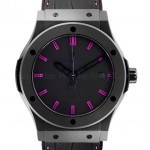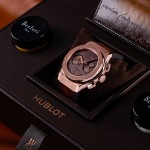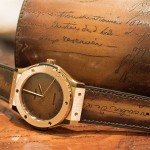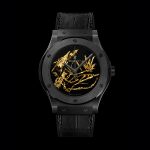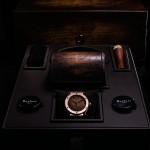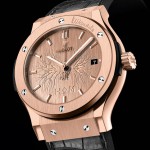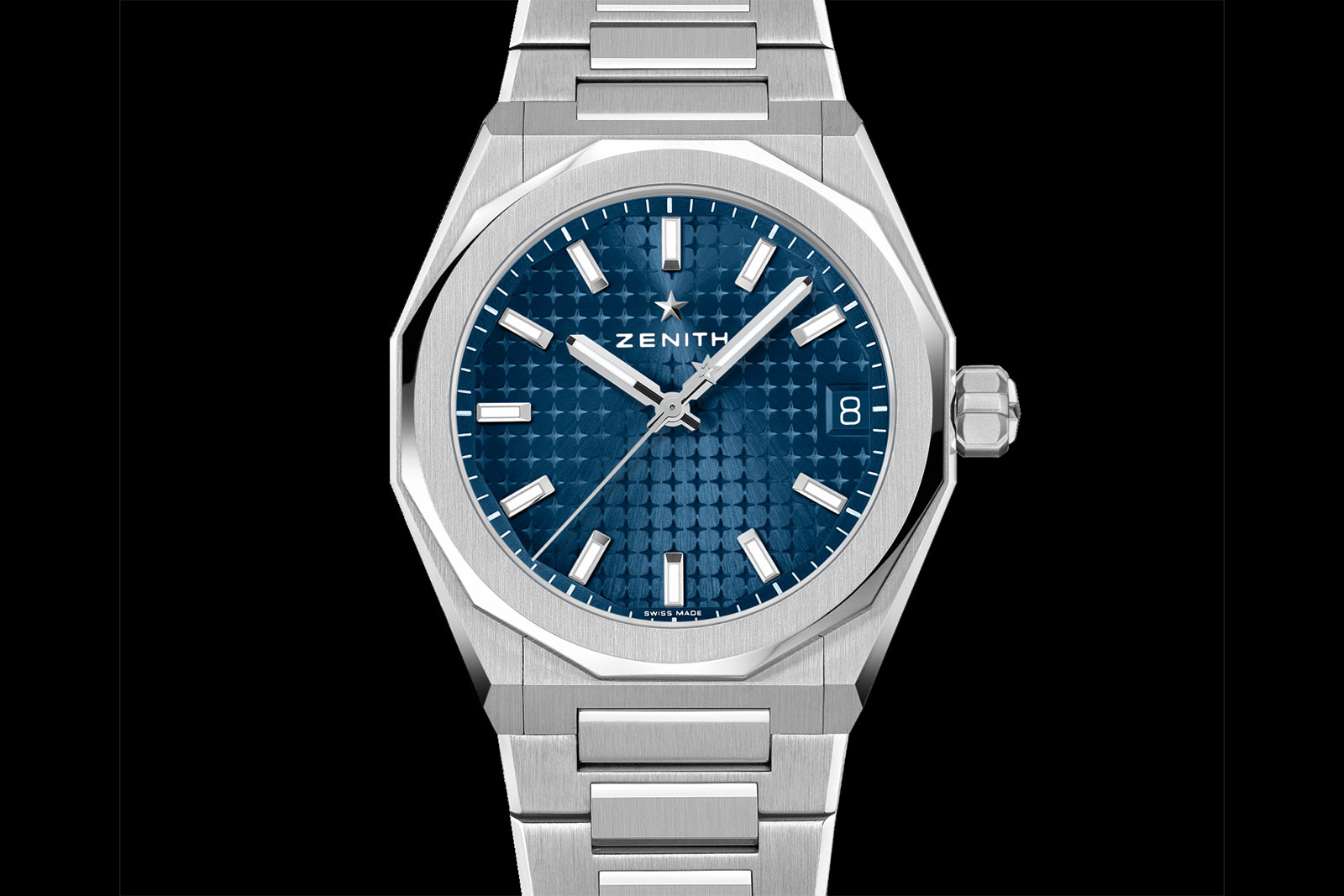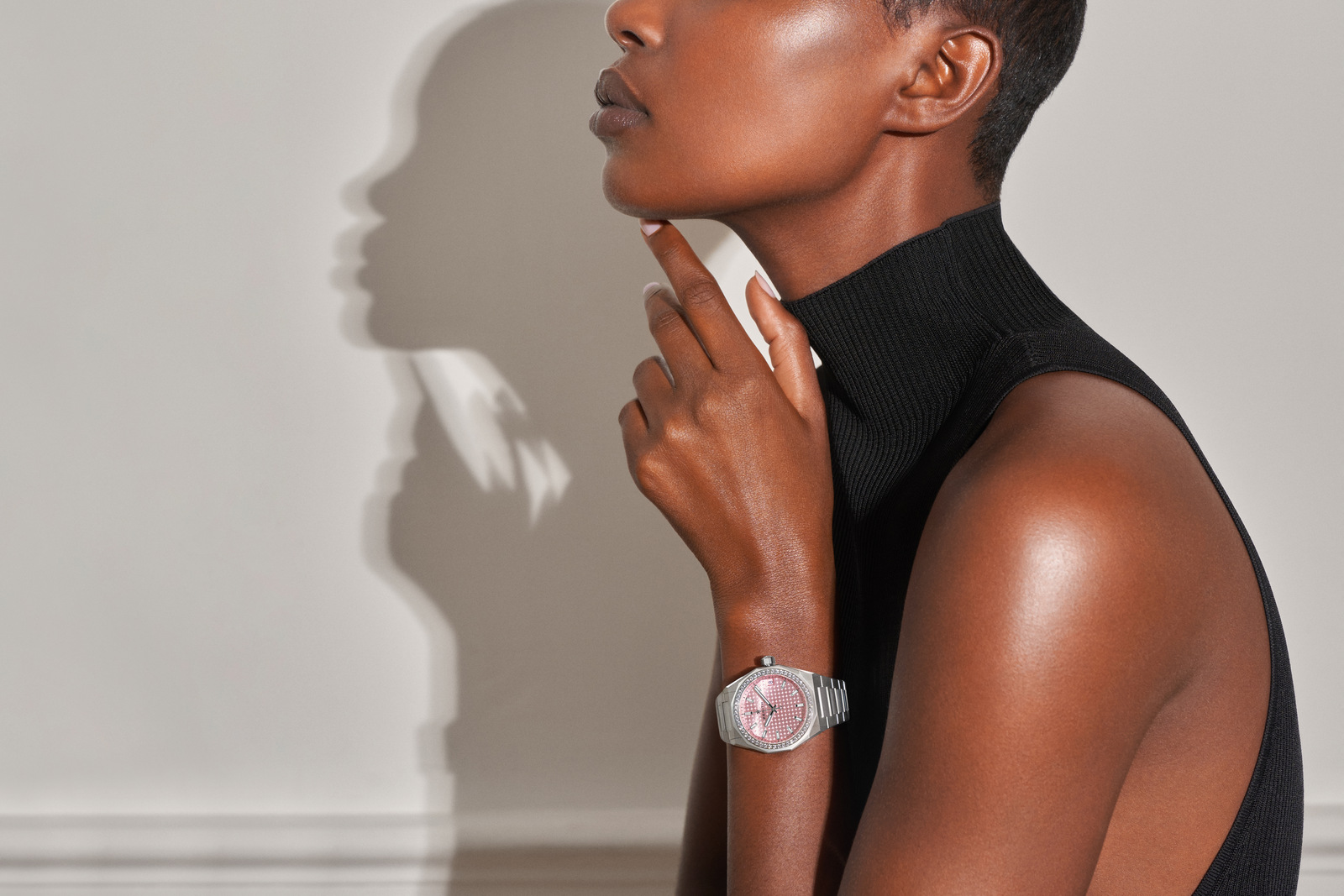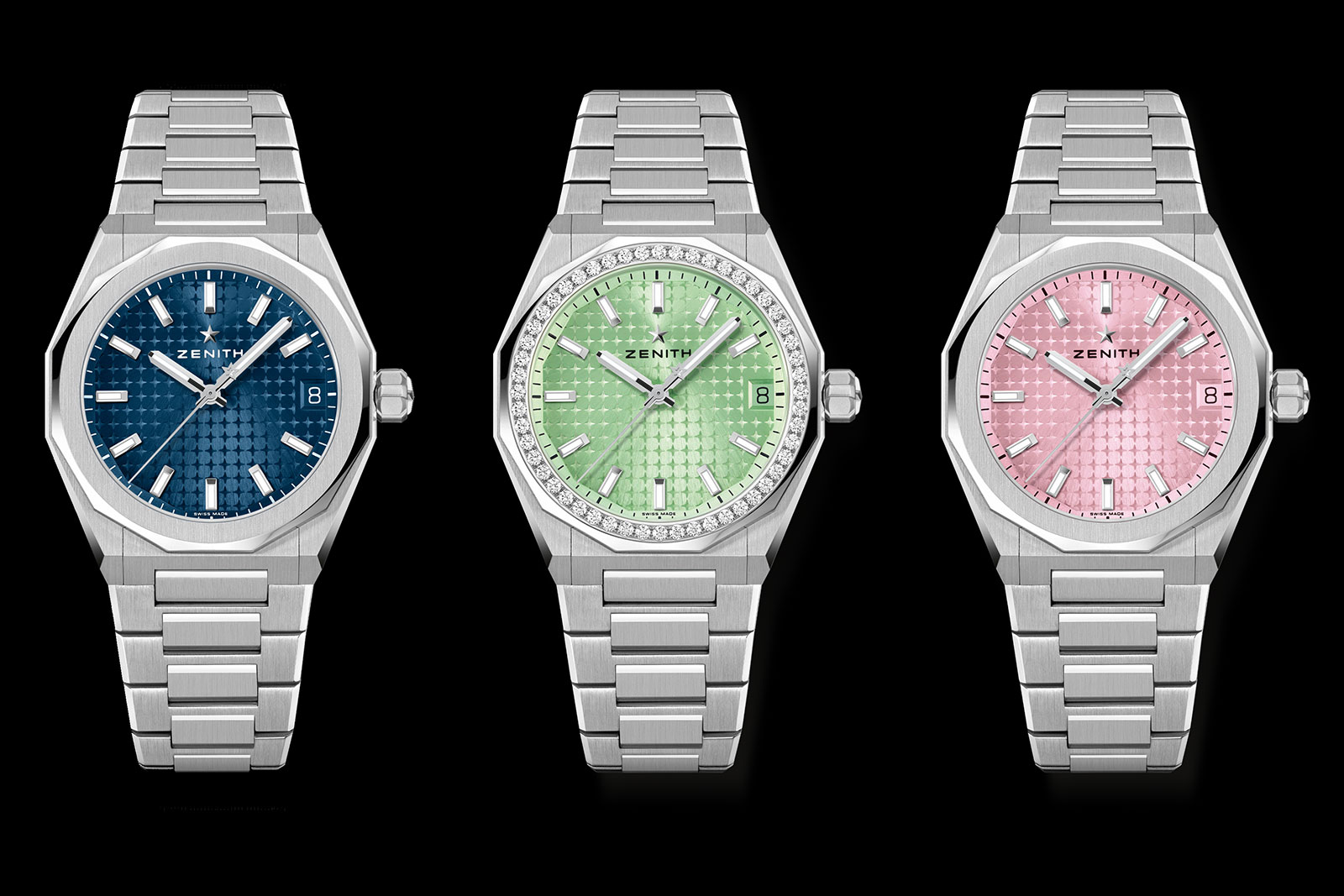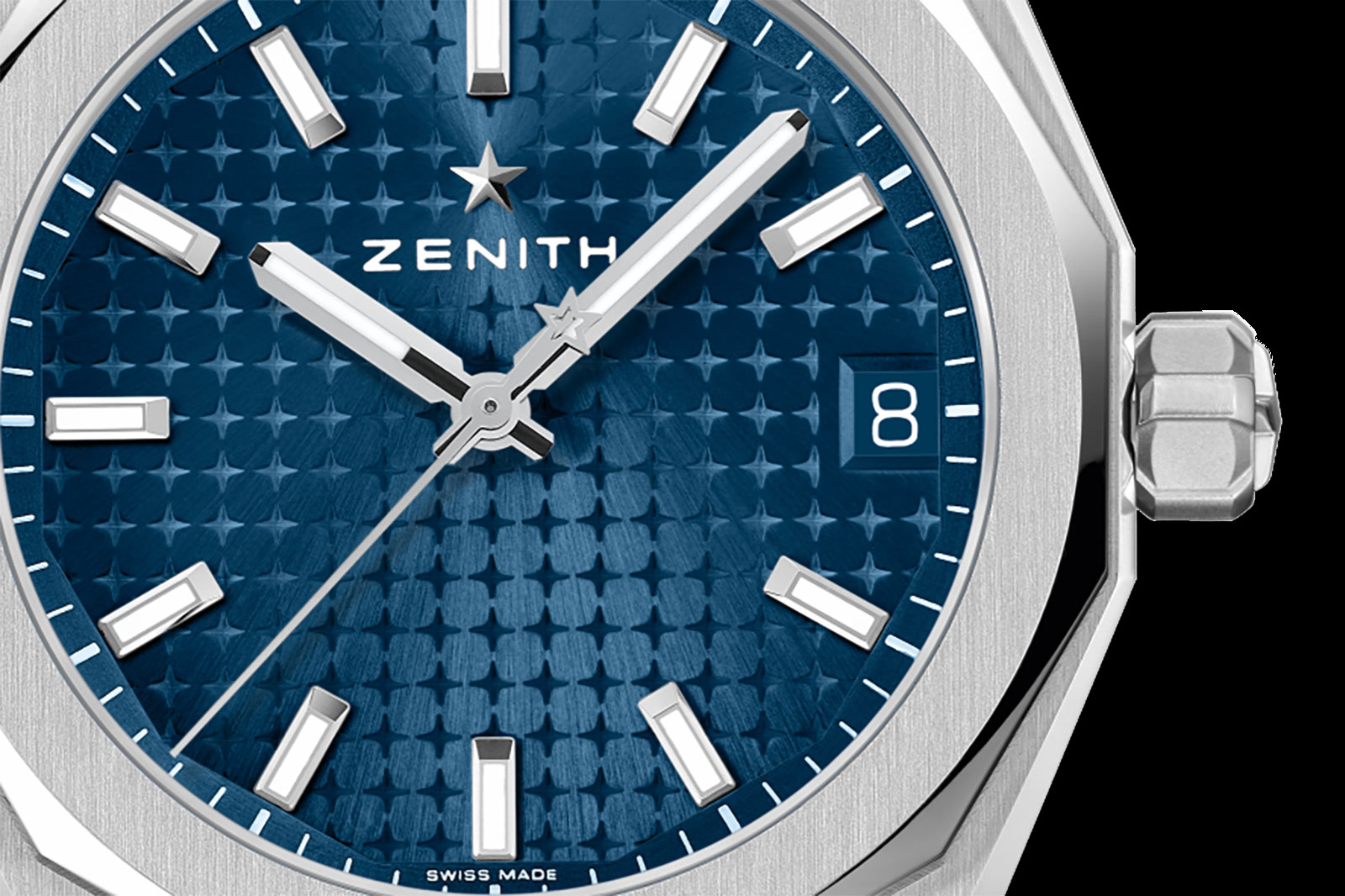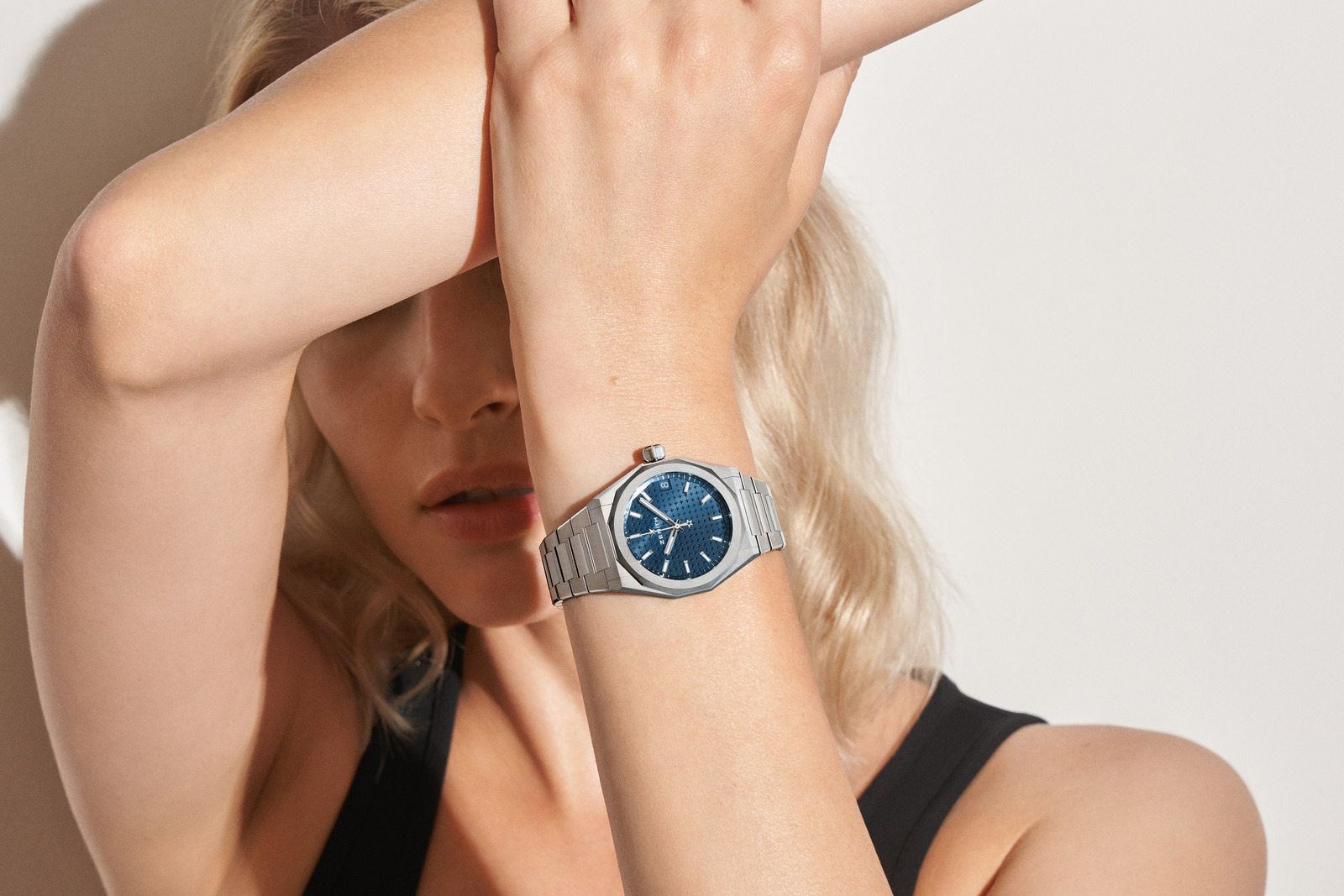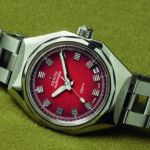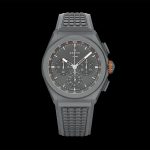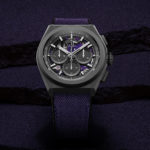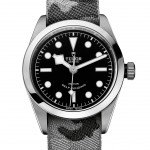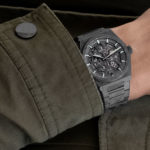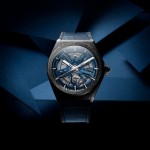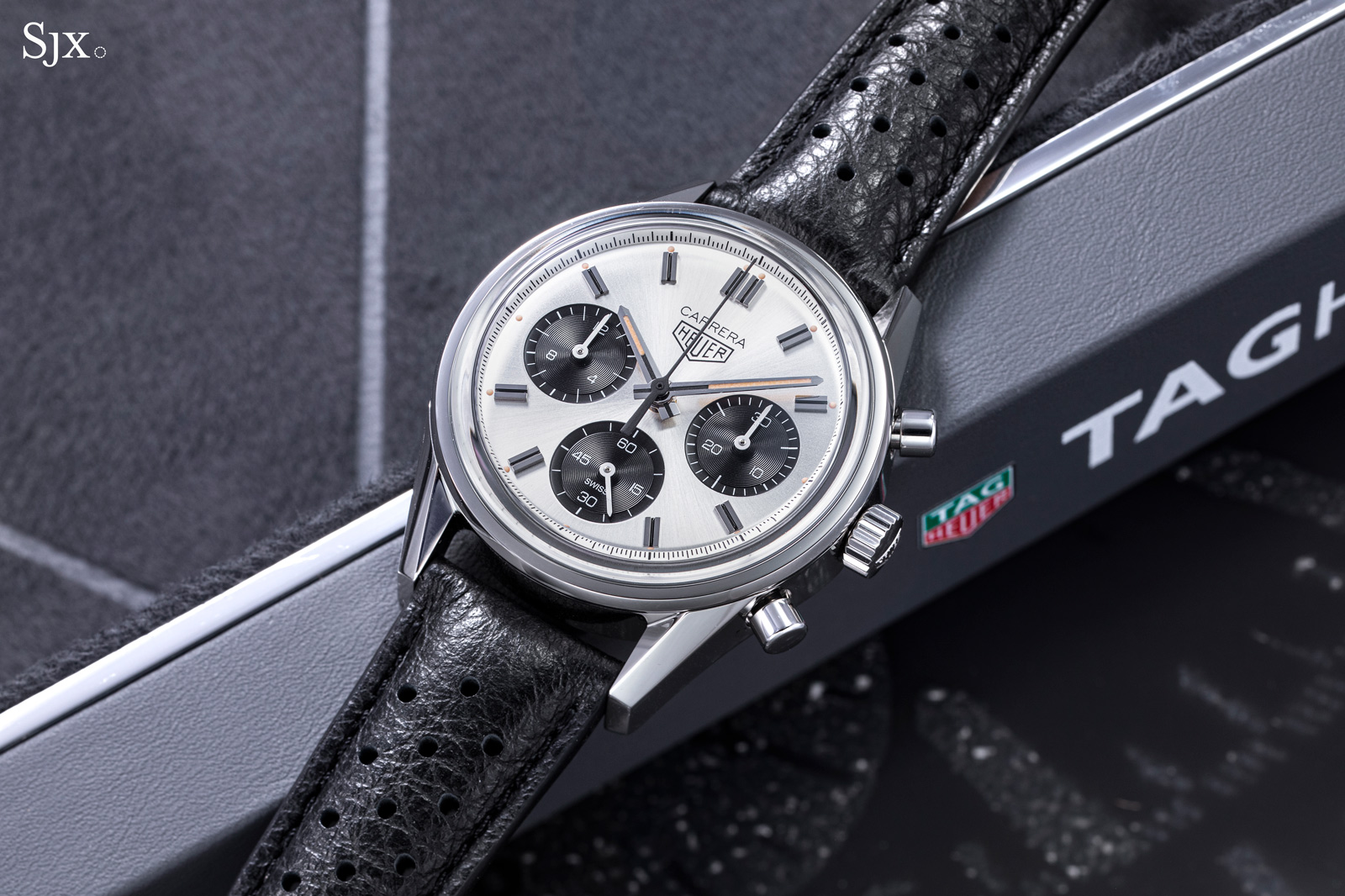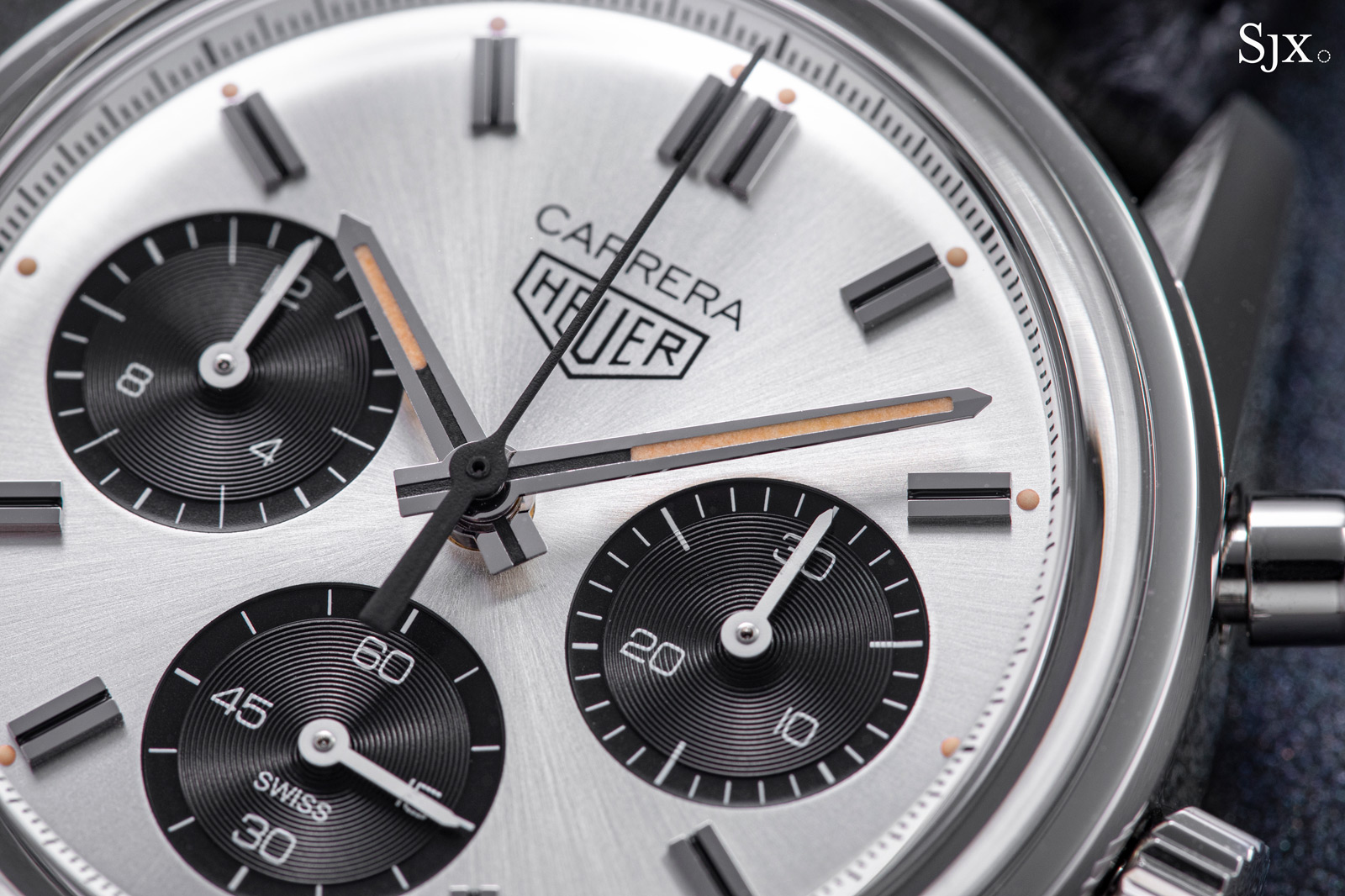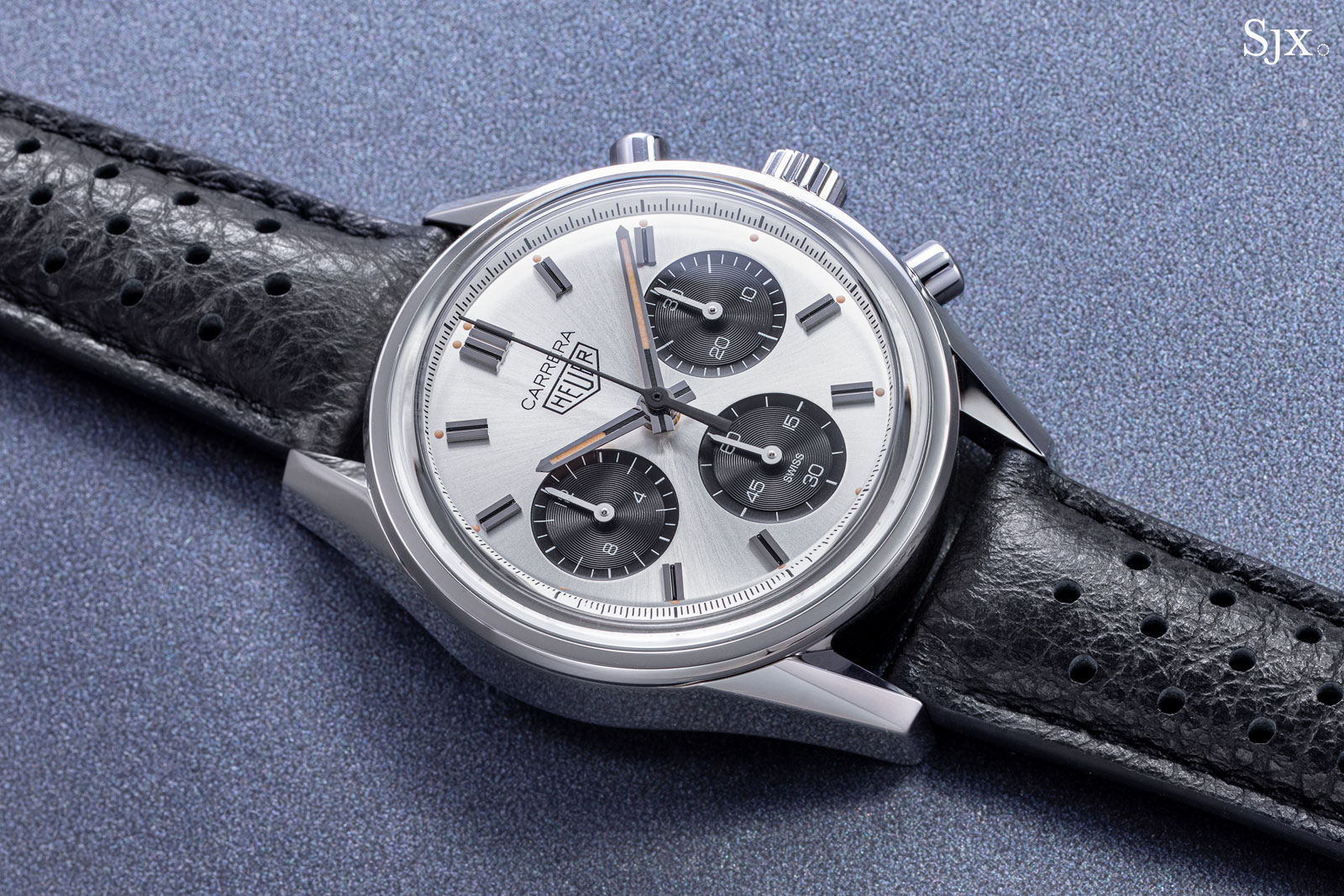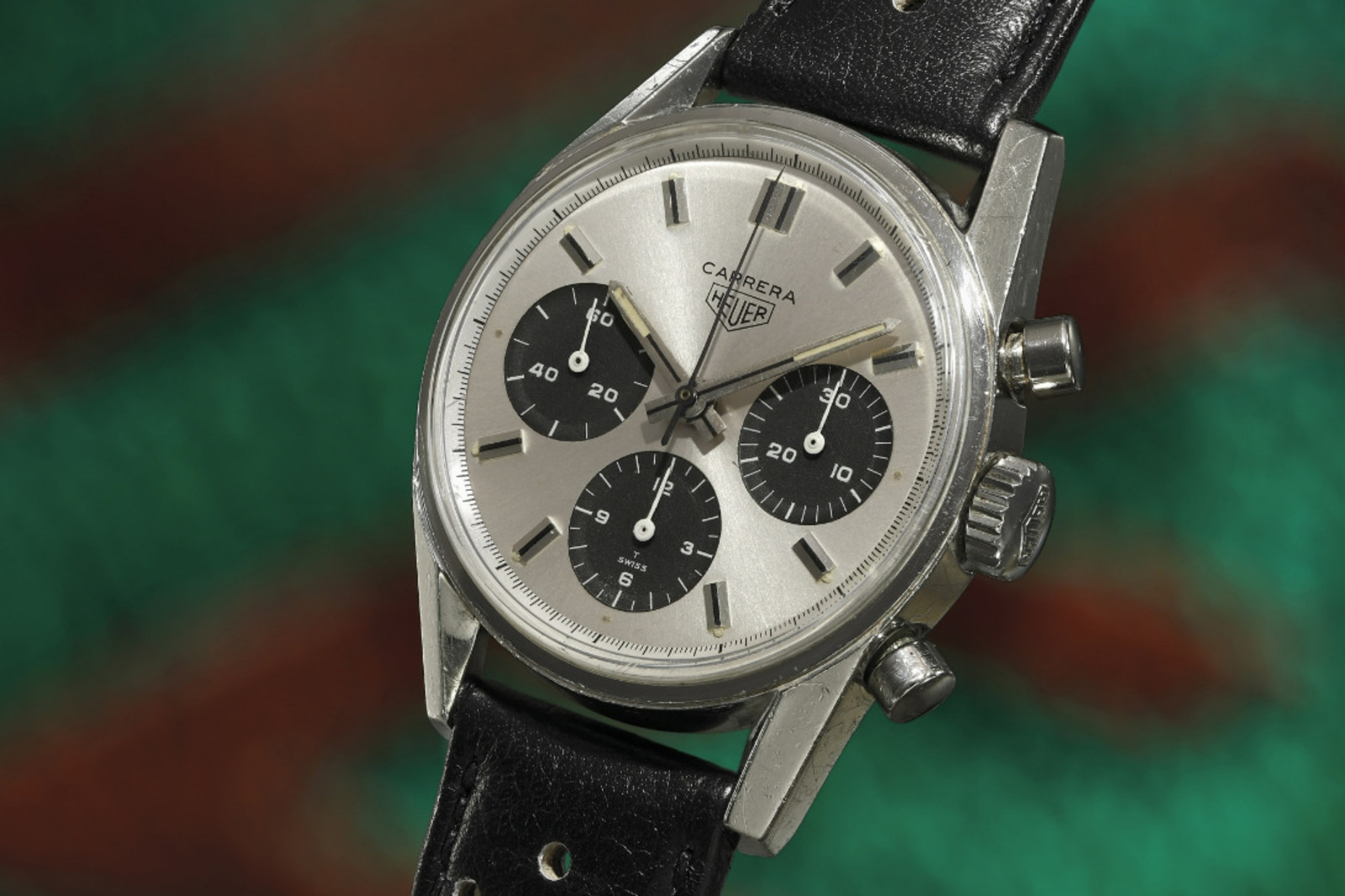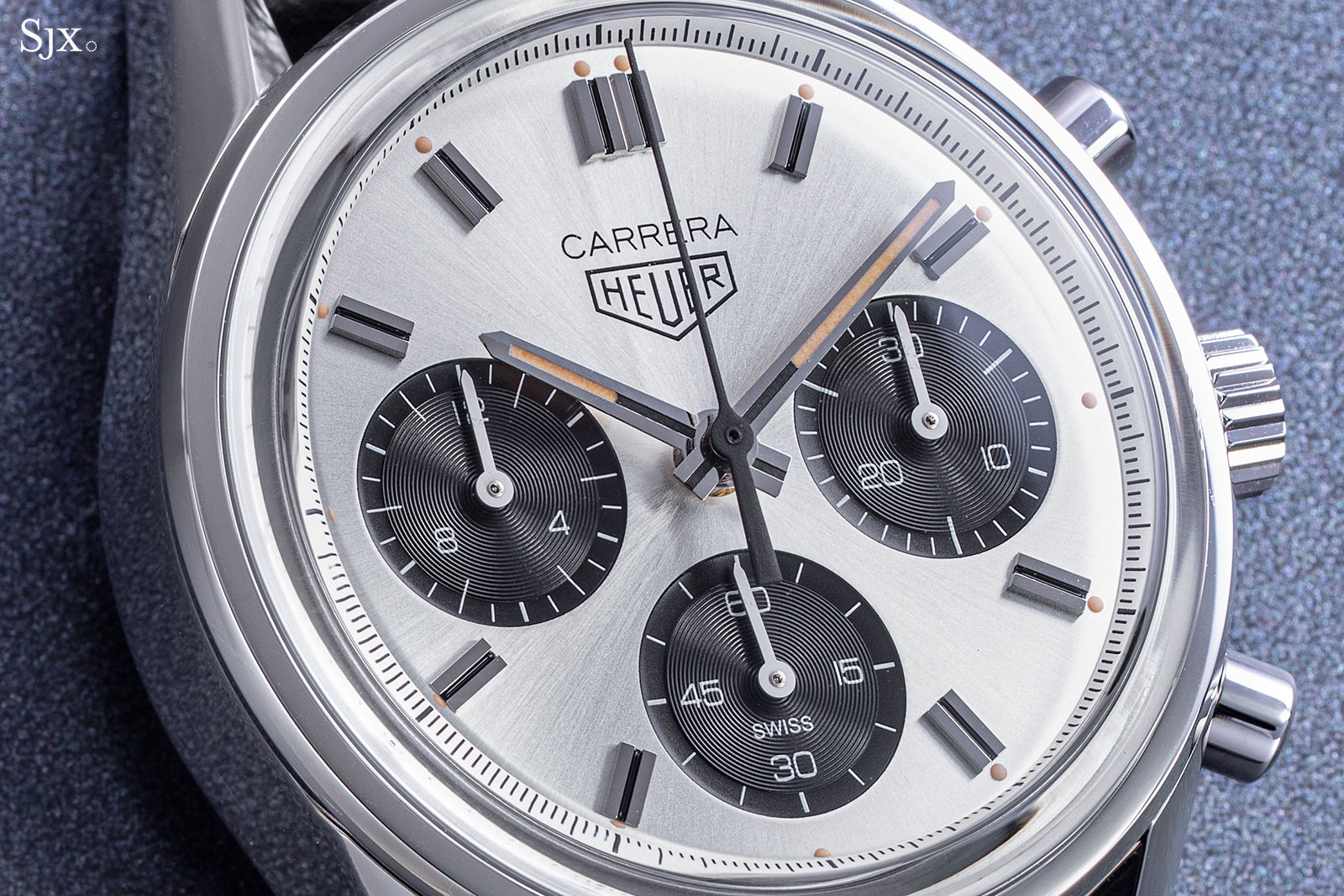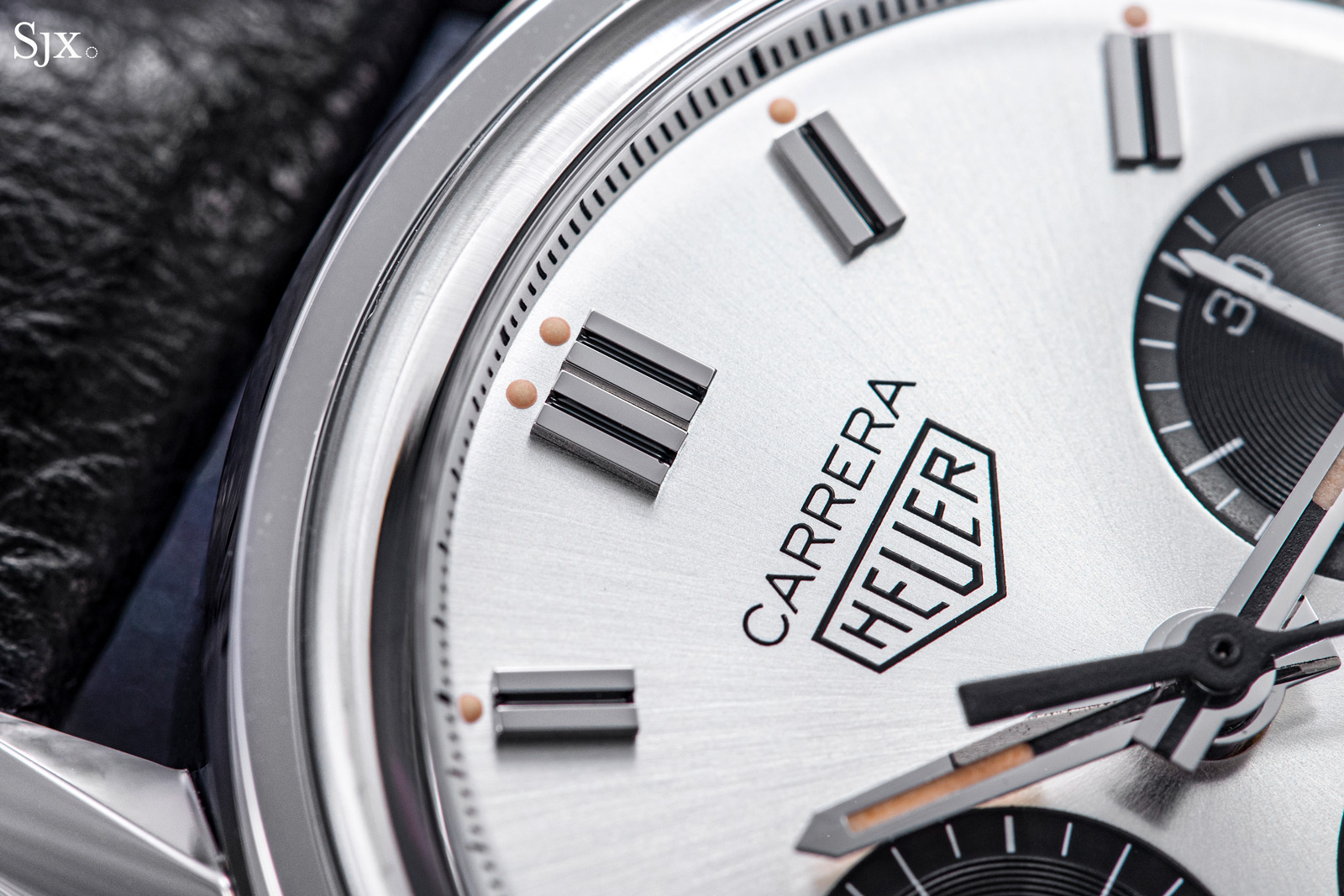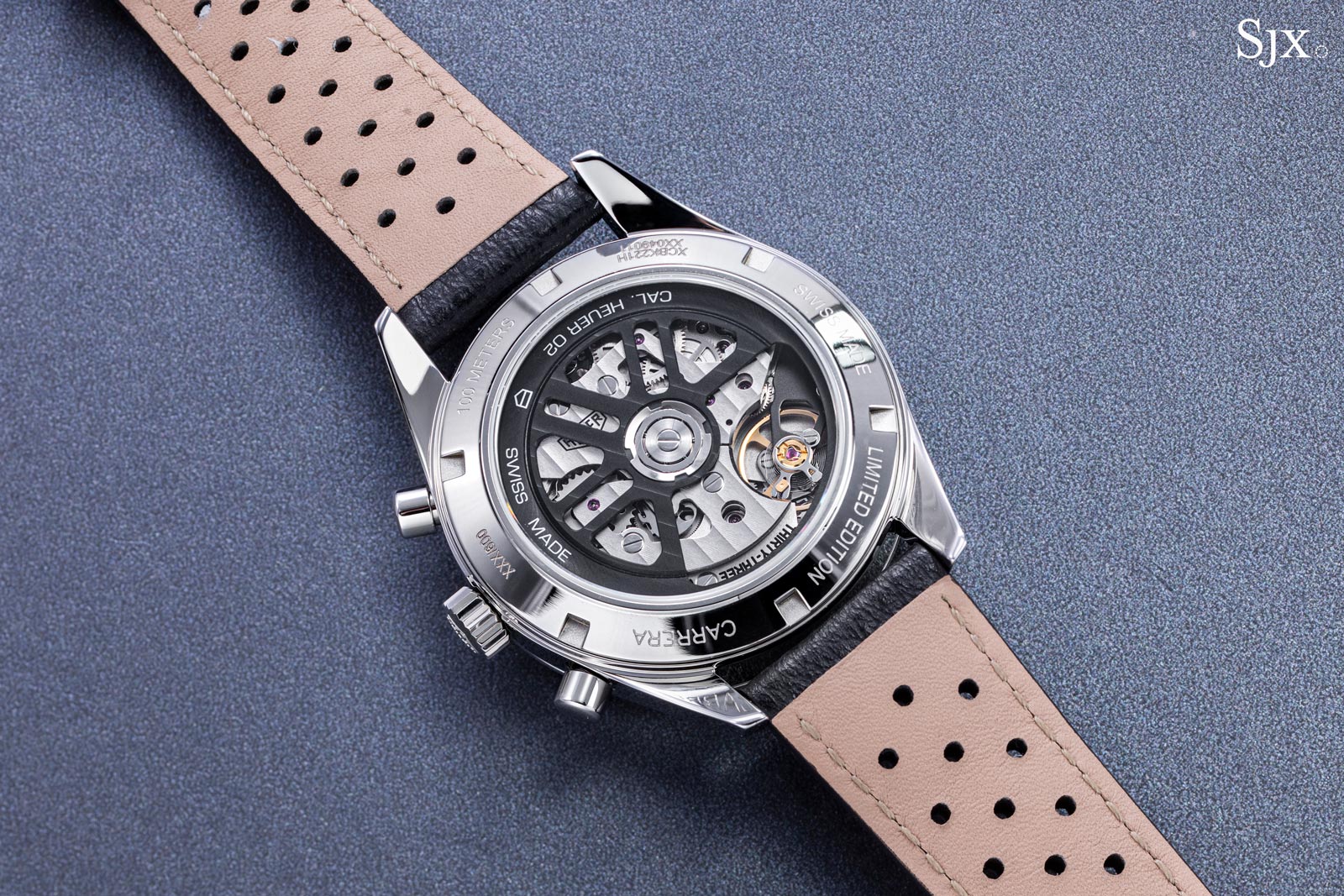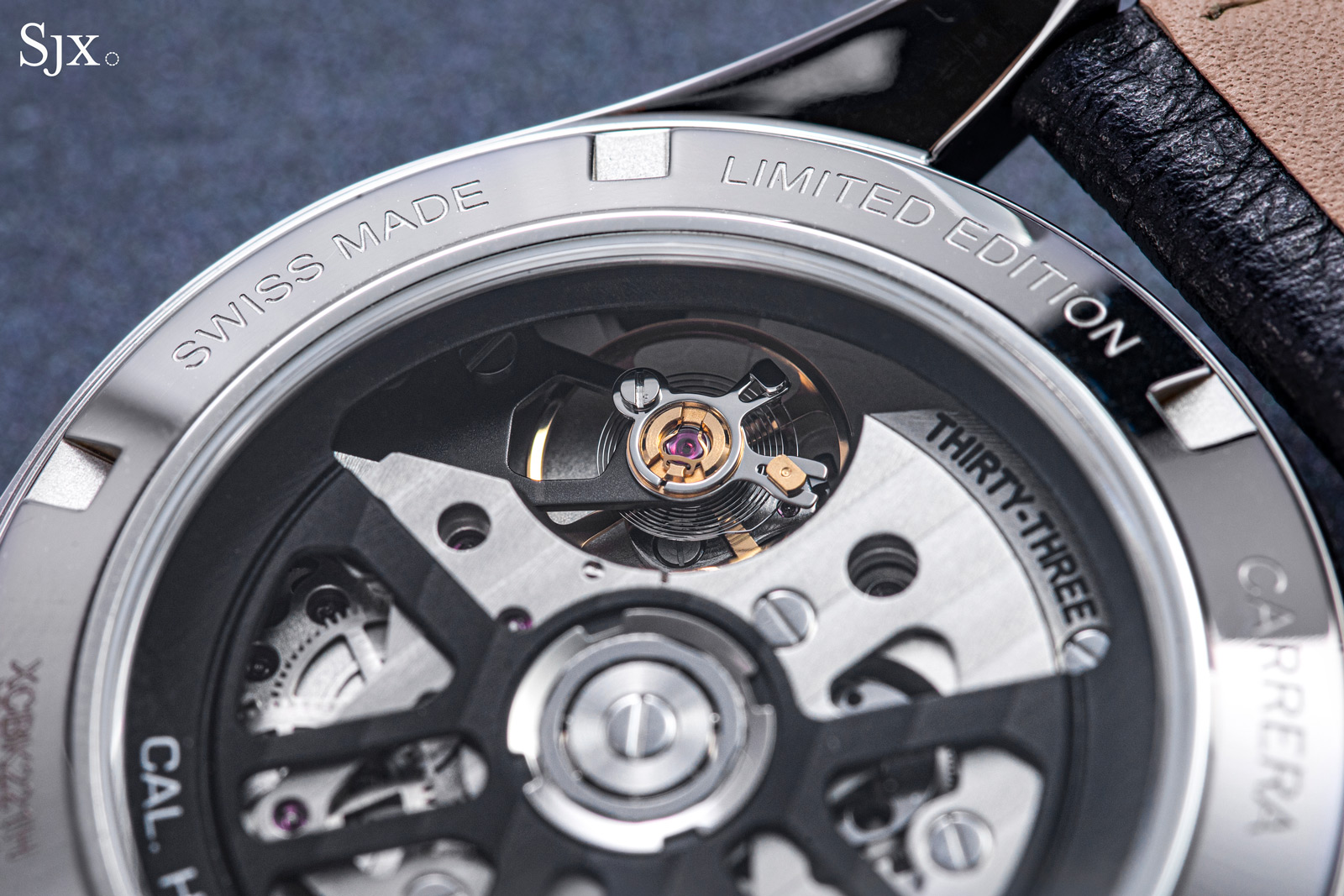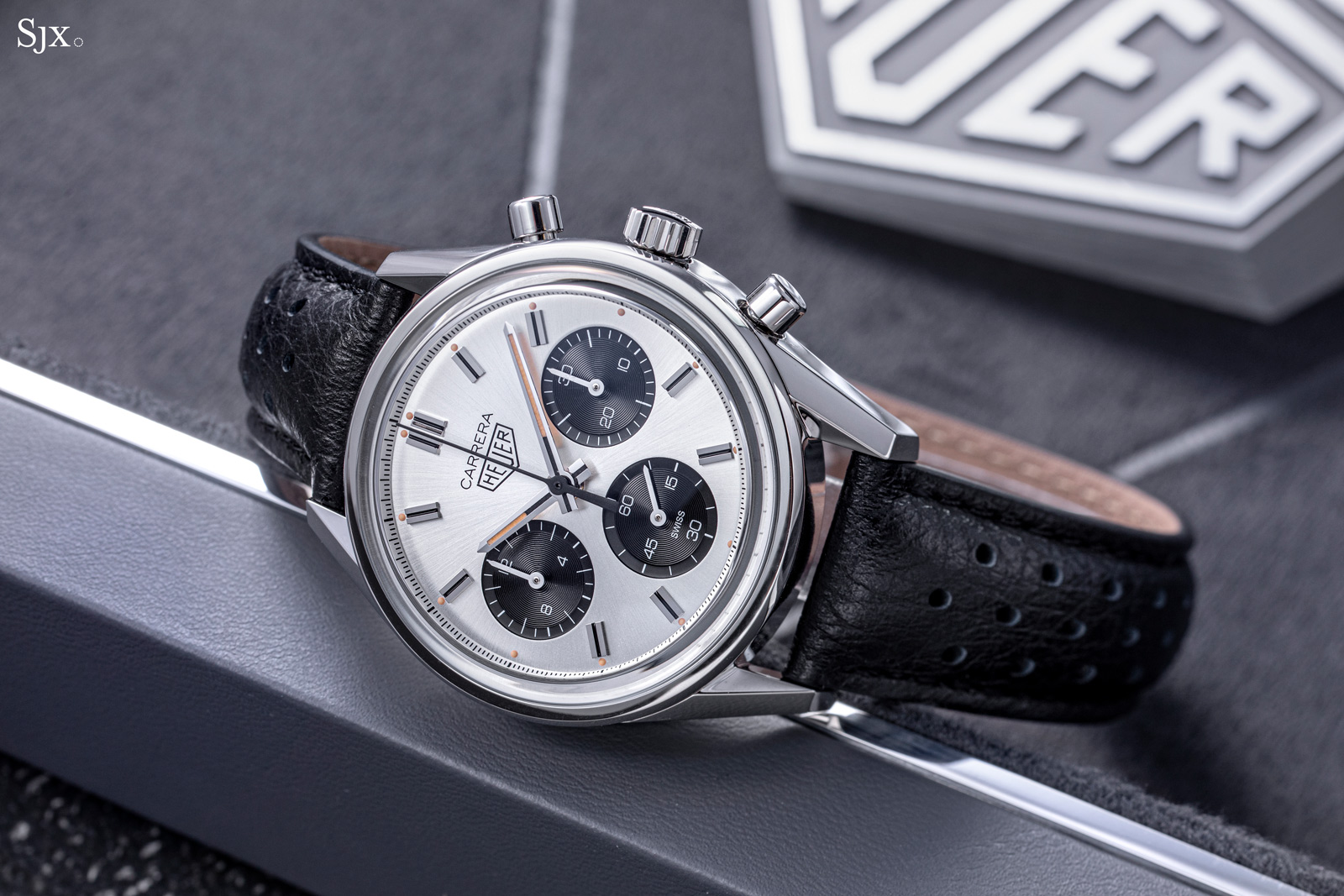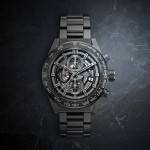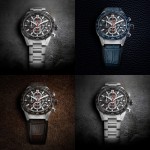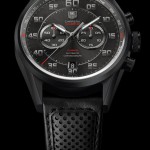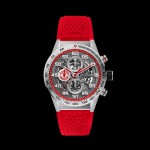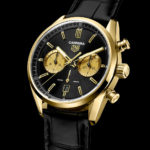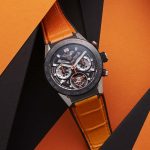Hands-On: Hublot Classic Fusion Original
The 1980s original makes a comeback.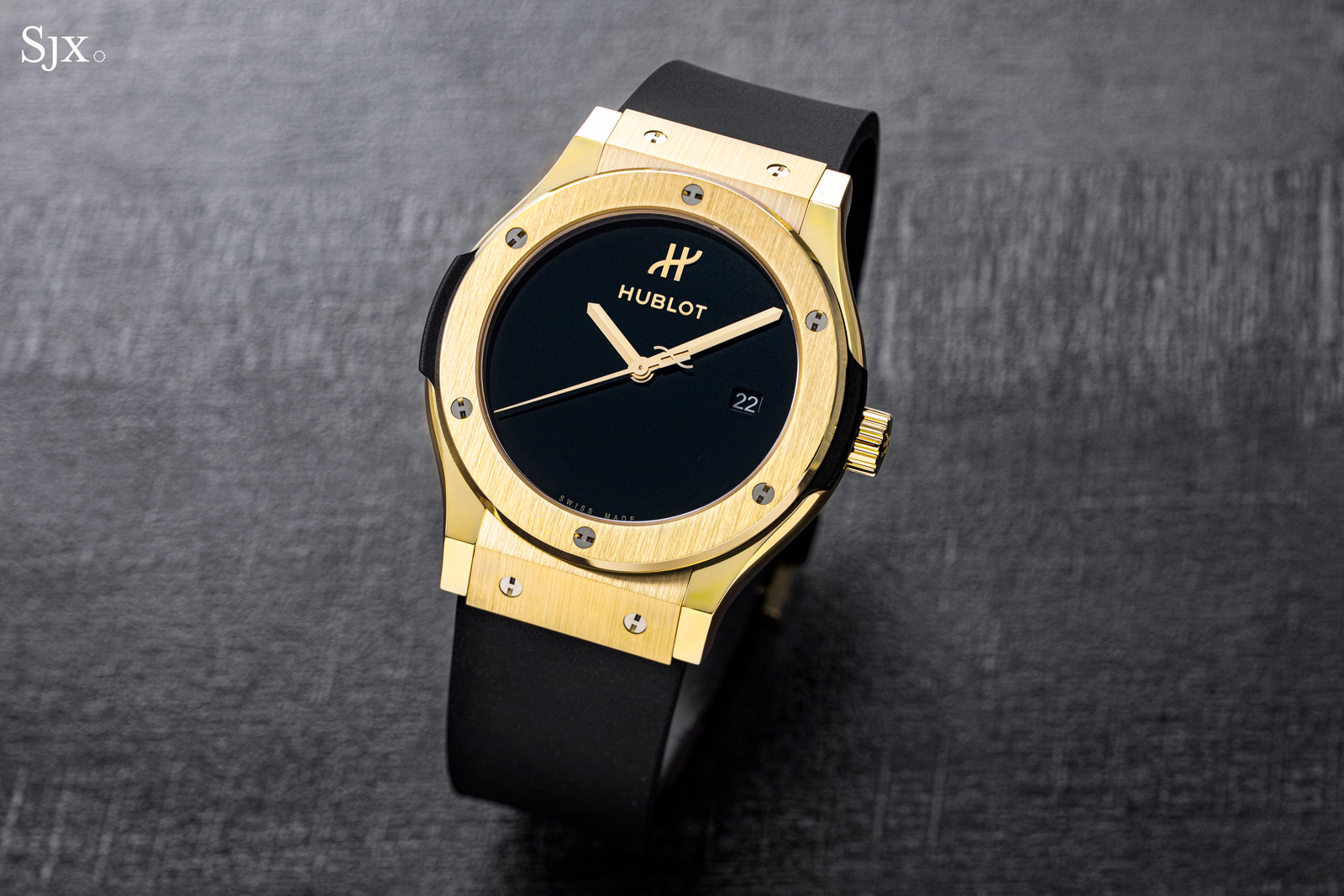
One of the “it” watches of the 1980s, Hublot’s porthole-inspired watch on a rubber strap has been revived. Forty-two years since the brand made its debut with the iconoclastic hublot watch – it was the first watch to combine a gold case and rubber strap – the brand is paying tribute to its founder Carlo Crocco with a new range modelled on the original design. Taking after the original in look and feel, the Classic Fusion Original collection comprises three sizes, each available in three material configurations.
Initial thoughts
Almost minimalist in its design, the Classic Fusion Original is simpler and sleeker than the typical Hublot. It is relatively compact and thin in all three sizes – the largest model is 10 mm high – giving it a surprisingly elegant profile on the wrist.
The no-frills design is strongly appealing, except for the date window, which isn’t too prominent but still unnecessary. And I would have gone even further in the minimalist direction by doing away with the seconds hand. That said, both the date and seconds are part of the original 1980 design.
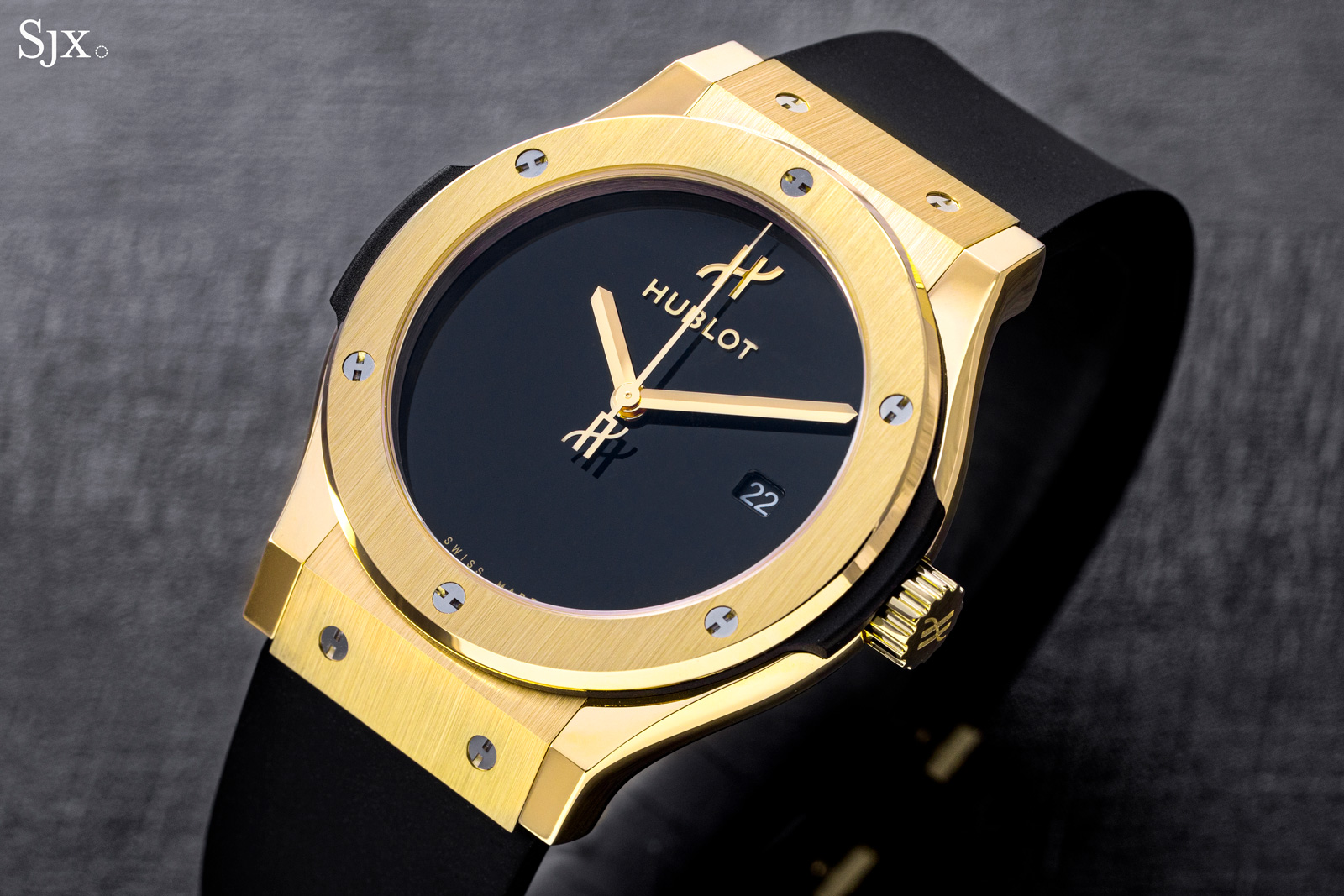
Despite the clean styling, the watch is instantly recognisable as a Hublot. In fact, the Classic Fusion Original is arguably more distinctively Hublot than the some of the brand’s other models, which occasionally resemble offerings from Audemars Piguet and Richard Mille.
Starting at around US$8,000 in titanium with an automatic movement (the smallest, 33 mm versions are all quartz), the Classic Fusion Original is amongst the most affordable Hublot offerings.
Admittedly, it is relatively pricey for a watch equipped with a Sellita automatic, but while some of the competition might offer more sophisticated in-house calibres in the same price range, they lack the appealing style of the Classic Fusion Original.
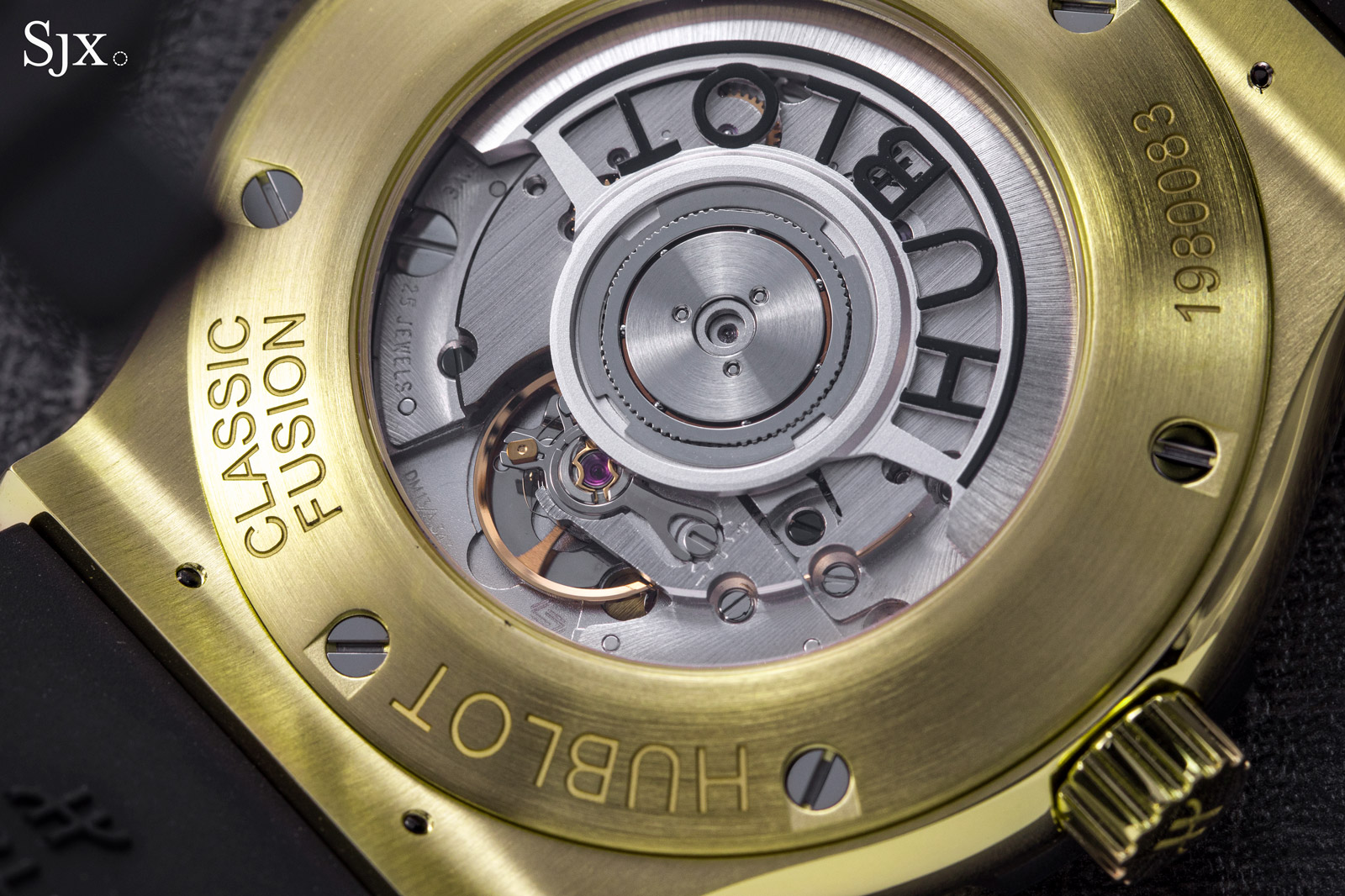
The porthole
Founded as MDM Geneve by Carlo Crocco in 1980, Hublot gets its name from what was then it flagship product, a wristwatch with a bezel shaped like a porthole, or hublot in French. The original model was the first luxury wristwatch with a precious metal case and a rubber strap, a strikingly novel concept at the time.
Compact at just 36 mm in diameter, the original Hublot watch was thin, both in terms of the case and rubber strap, making it elegant and sporty in equal parts. The original was revived for the brand’s 40th anniversary in 2020, but with a 45 mm case.
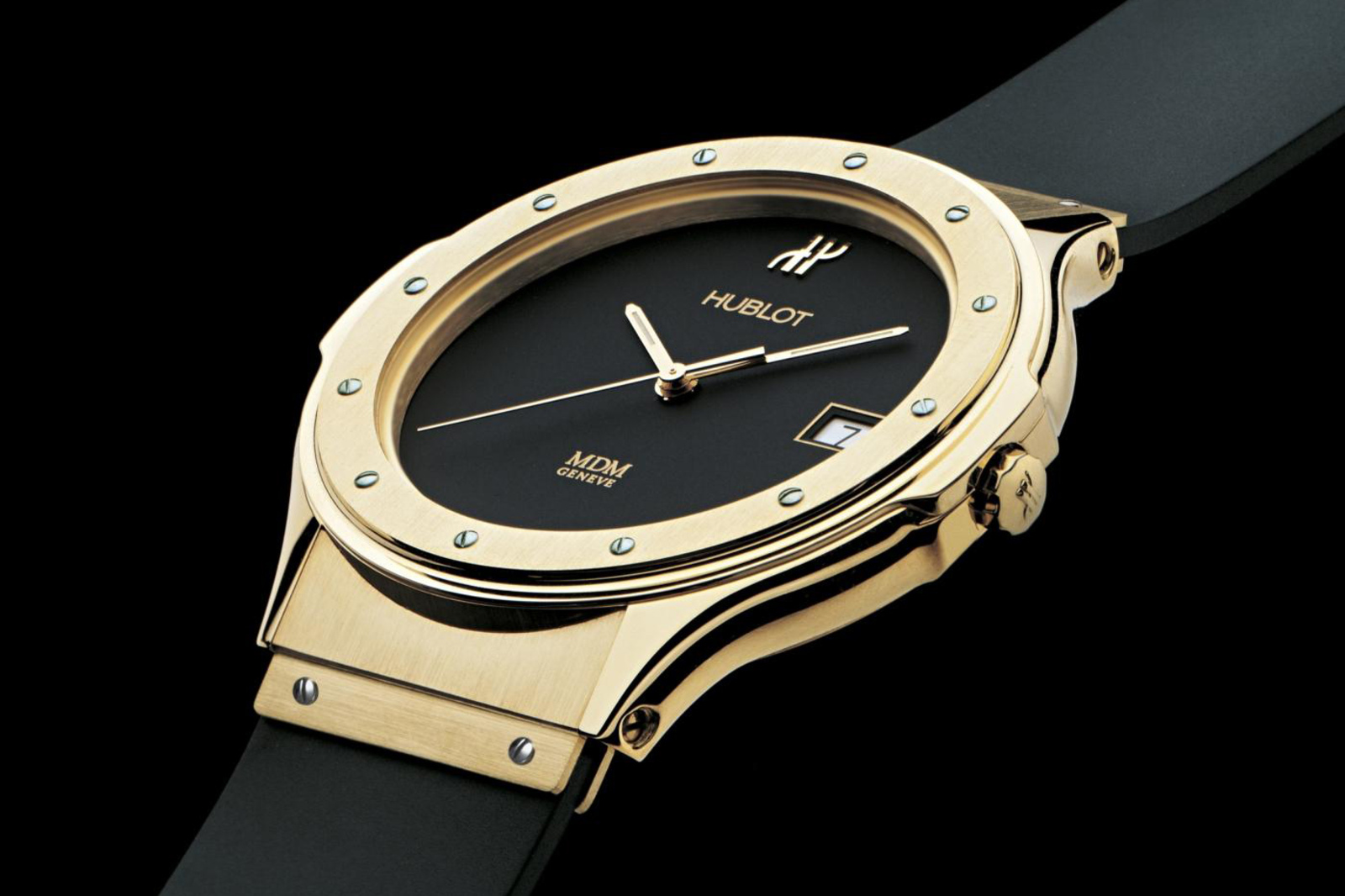
The Hublot Classic from 1980. Image – Hublot
The Classic Fusion Original is essentially a scaled-down version of the 40th anniversary model. It has the same overall design and mostly the same details. I would have gotten rid of the date window at three, but otherwise I like the dial.
Like the anniversary model, the Classic Fusion Original reproduces the minimalist feel of the original by removing almost all superfluous elements from the dial. Finished with glossy black lacquer, the dial has just the Hublot logo at 12 o’clock. The glossy dial contrasts especially well with the bezel and helps to bring out its brushed finish.
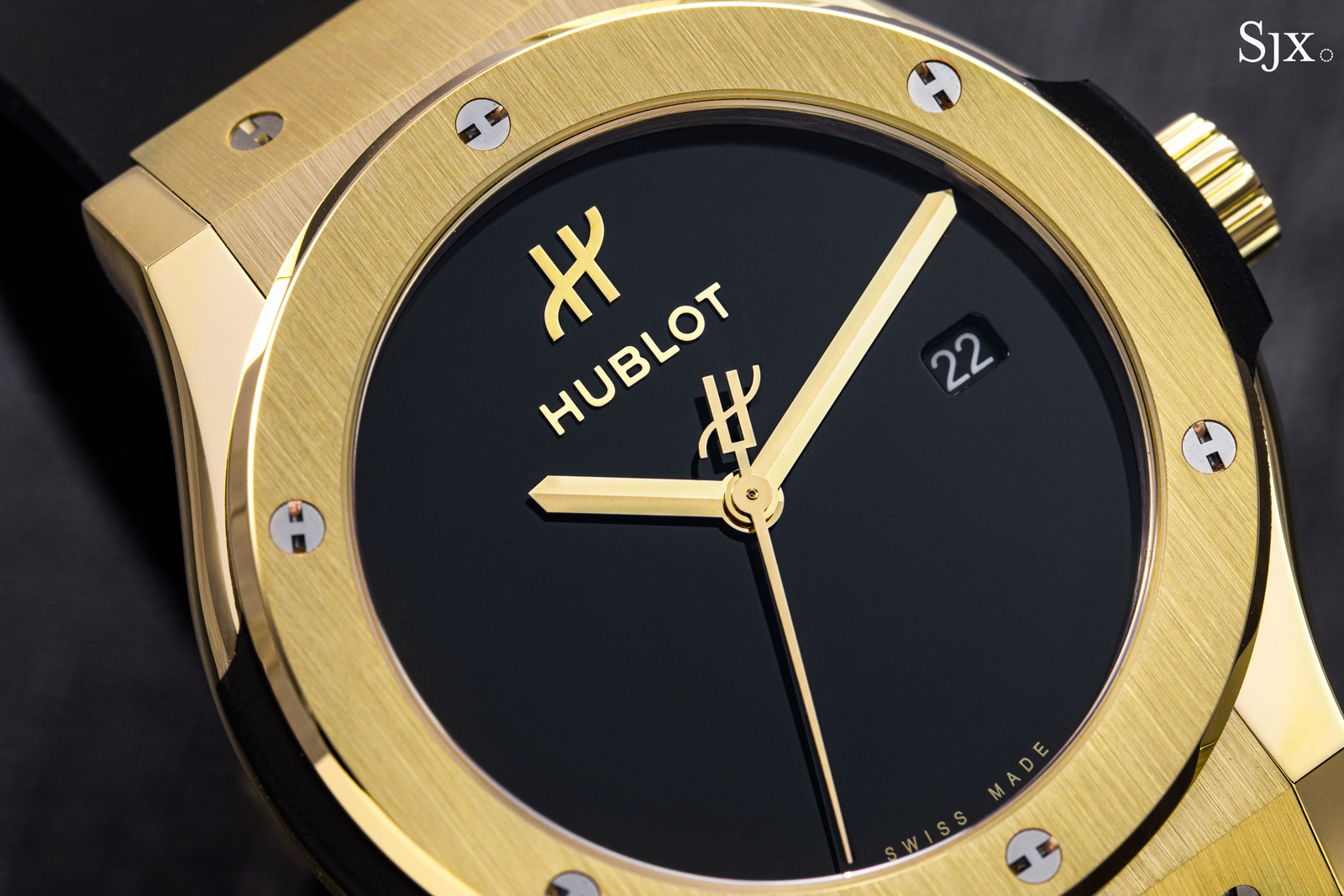
Admittedly the emblem at 12 o’clock is oversized but the overall look remains restrained because the dial is otherwise free of other markings. But the dial is not quite as fancy as that in the 40th anniversary model, which had a substantial applied logo that was distinctly three-dimensional. In contrast, the logo on the Classic Fusion Original is almost flat.
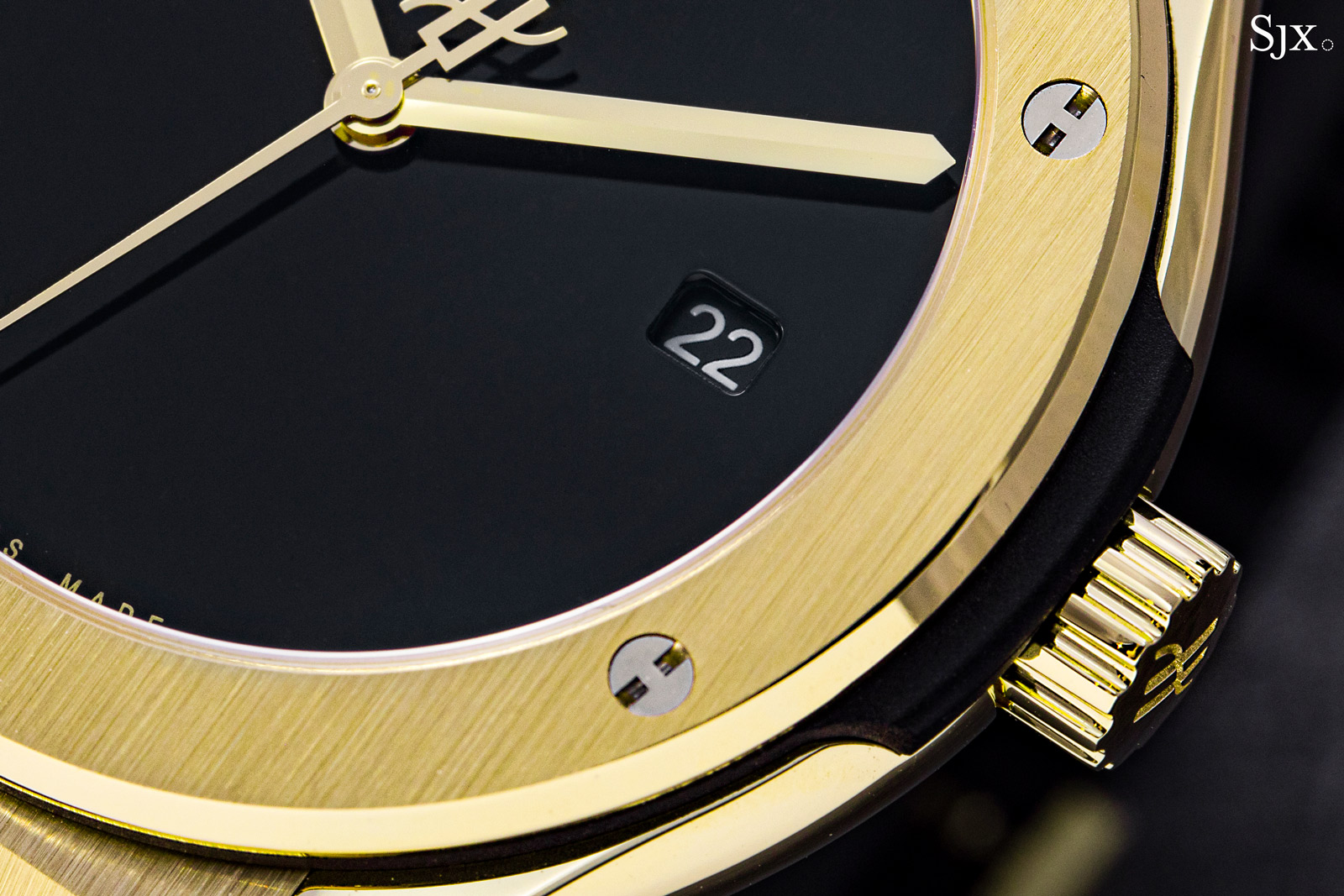
The Classic Fusion Original has the same case as the standard Classic Fusion and thus the same case sizes of 33 mm, 38 mm, and 42 mm. All three sizes are slim and unusually sleek for a Hublot. Even the biggest version is thin at 10 mm high.
The largest 42 mm model is just right for modern tastes since it is big enough to be sporty but not quite oversized, while the 38 mm feels almost like the vintage original that was 36 mm.
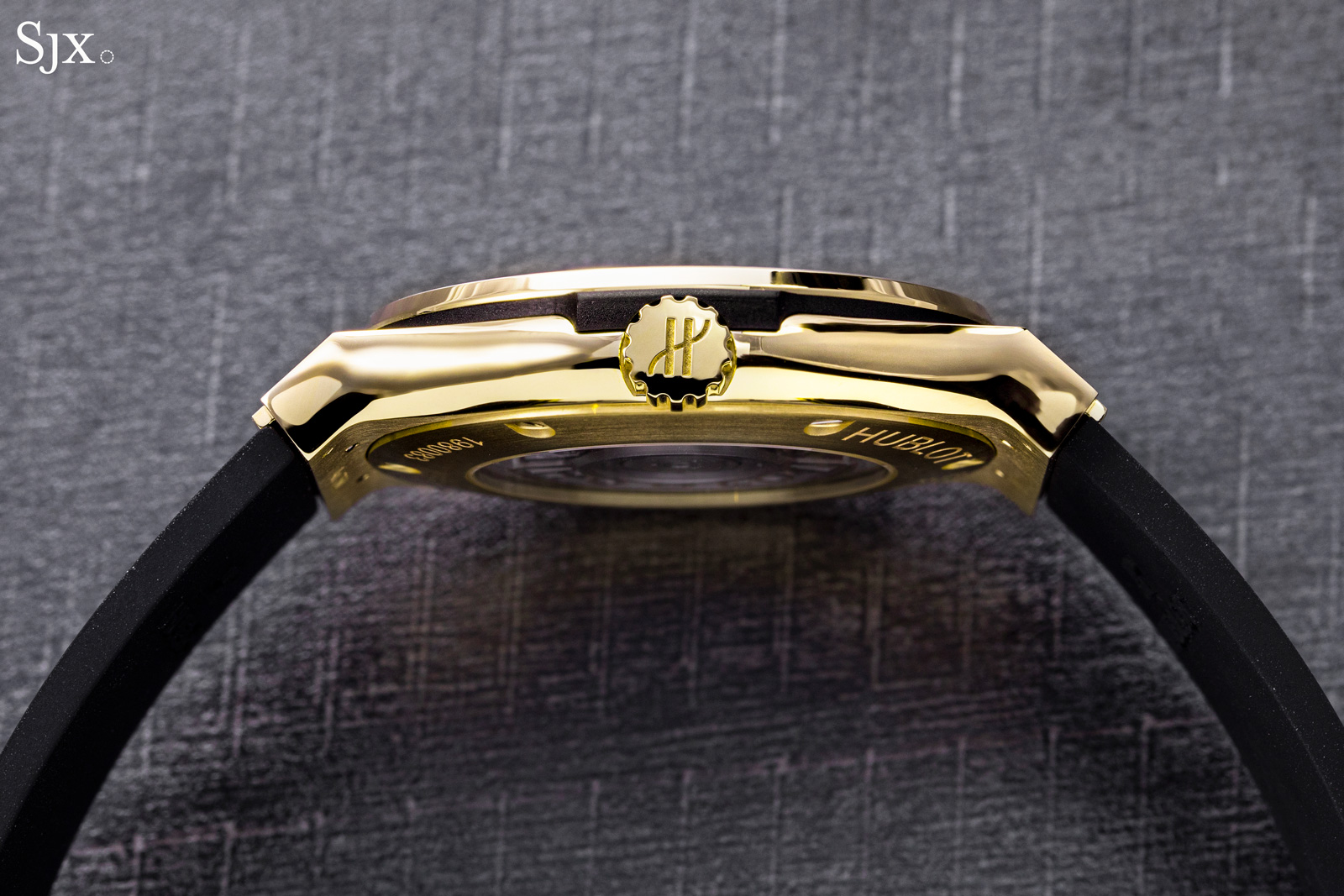
Like most Hublot models, the Classic Fusion Original is available in titanium, Black Magic (a mix of black ceramic and black-coated titanium), or 18k yellow gold. All three materials have the black resin insert under the bezel that is a key part of the Hublot design, but the material (which is basically matte-black plastic) feels out of place in an expensive watch.
Being the most affordable, the titanium model is good value as far as Hublot goes, but the ceramic and gold versions are more appealing. The ceramic model is quintessential Hublot in its all-black finish, while the yellow gold version is a perfect homage to the 1980s original that was similarly available in various metals but also most appealing in gold.
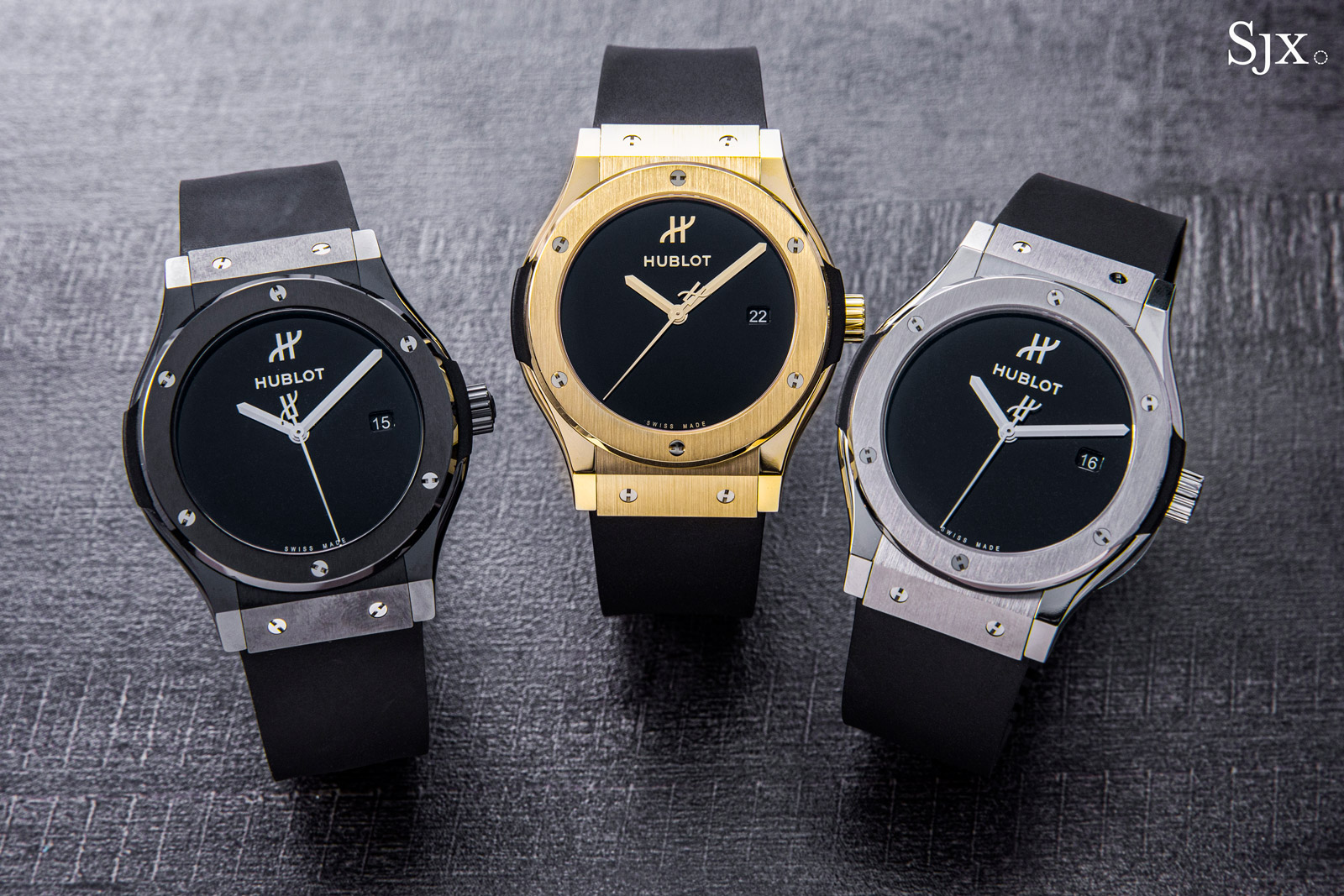
While Hublot does have a stable of in-house movements, including time-only calibres, the Classic Fusion models are mostly Sellita powered. So it’s no surprise the Classic Fusion Original 38 mm and 42 mm are powered by the HUB1110, which is actually a Sellita SW300-1 fitted with a Hublot-branded rotor. (The 33 mm model is powered by the HUB2913, probably an ETA quartz movement.)
A clone of the ETA 2892, the SW300-1 is a tried-and-tested calibre, but it’s been around a long time so it has a short power reserve of only 42 hours. The movement offers both reliability and ease of service, but it isn’t impressive.
It’s an acceptable choice in the somewhat-affordable titanium and ceramic versions of the Classic Fusion Original, though the watch would have been much compelling with a more sophisticated calibre, even for a slightly higher price.
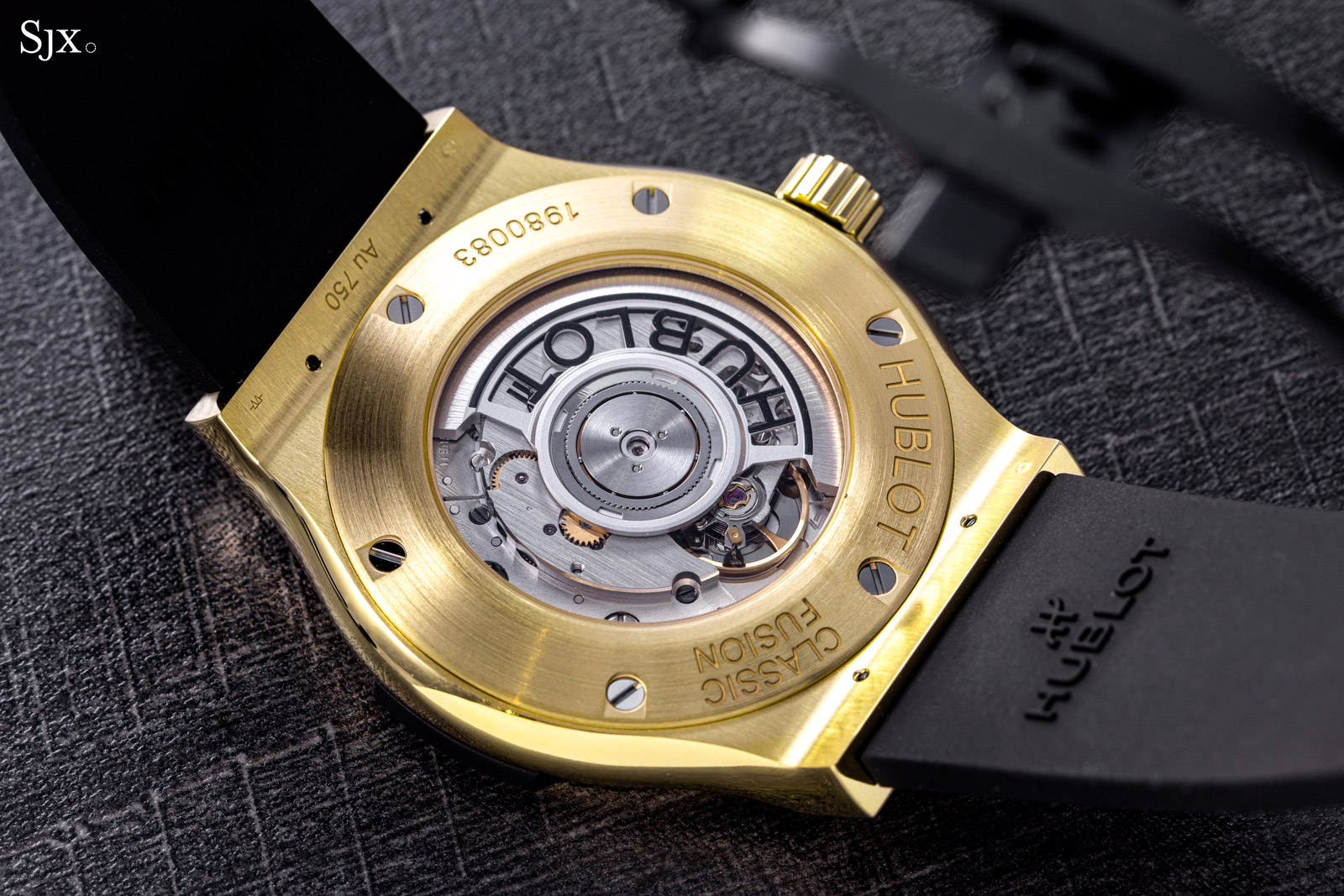 The final noteworthy element of the Classic Fusion Original is the double-fold clasp, a big improvement over the single-fold clasp that is standard issue for Hublot. Not only is it less bulky on the wrist, the double-fold clasp is more comfortable. And it is also easier to achieve a comfortable fit with the double-fold clasp.
The final noteworthy element of the Classic Fusion Original is the double-fold clasp, a big improvement over the single-fold clasp that is standard issue for Hublot. Not only is it less bulky on the wrist, the double-fold clasp is more comfortable. And it is also easier to achieve a comfortable fit with the double-fold clasp.
That said, this clasp requires the rubber strap to be cut down to size, meaning that the strap size is largely fixed once it has been adjusted since it can only be made smaller and not larger. But the increased comfort certainly makes it worth it.
And it’s also worth pointing out that the new clasp has more refined finishing than the standard buckle, which has lots of sharp edges.
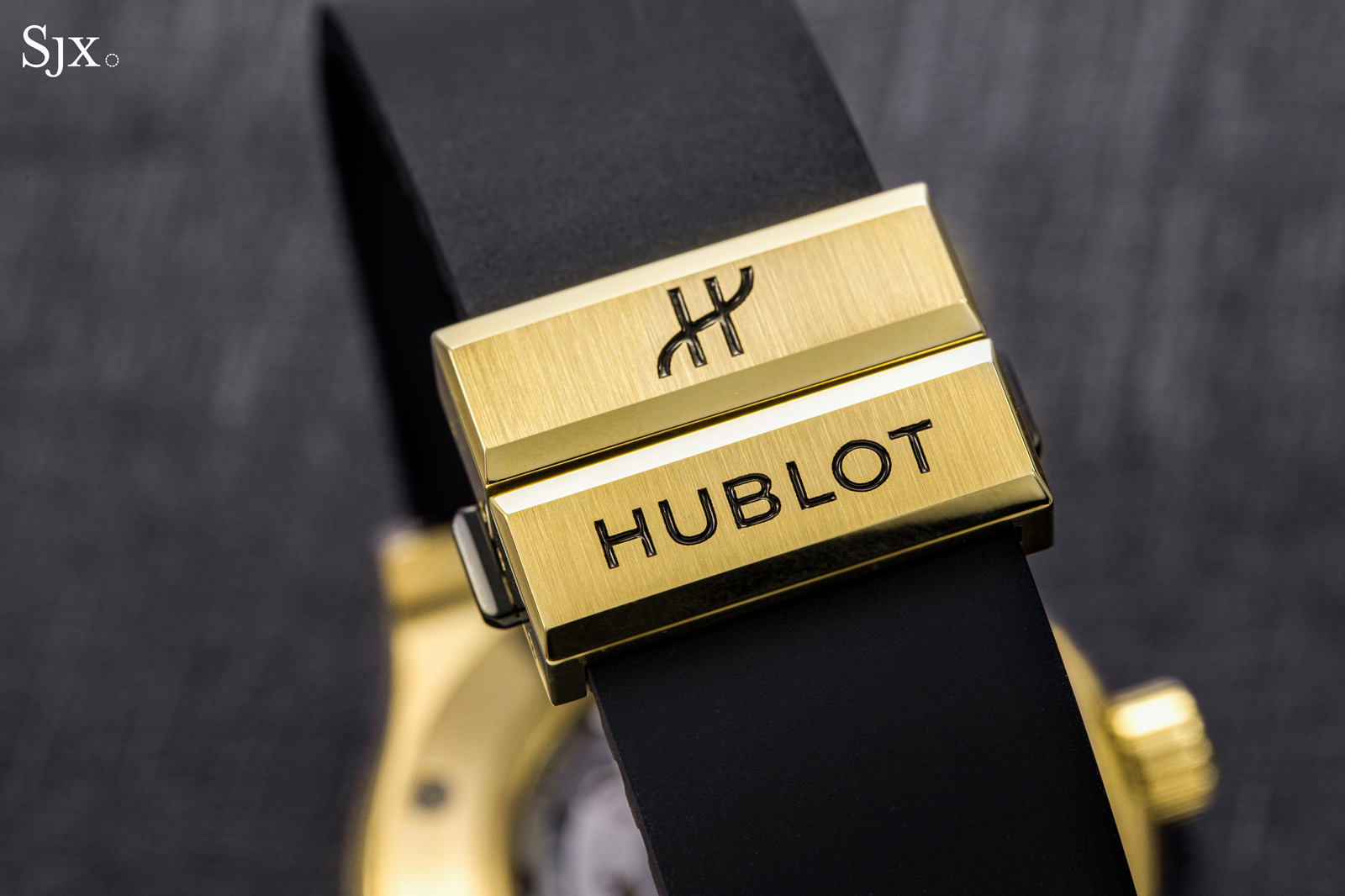
The double-fold clasp features bevelled edges
Key facts and price
Hublot Classic Fusion Original 42, 38 and 33 mm
Diameter: 42 mm, 38 mm, or 33 mm
Height: 10 mm, 9.85 mm, or 8.5 mm
Material: Titanium, black ceramic or 18k yellow gold
Crystal: Sapphire
Water resistance: 50 m
Movement: HUB1110 (42 and 38 mm), HUB2913 (33 mm)
Features: Hours, minutes, seconds and date
Frequency: 28,800 beats per hour (4 Hz)
Winding: Automatic (42 and 38 mm), quartz (33 mm)
Power reserve: Approximately 42 hours (42 and 38 mm)
Strap: Rubber strap with buckle clasp
Limited edition: 4,500 pieces, with 500 examples for each model
Availability: At Hublot boutiques and retailers beginning January 2023
Price:
42 mm, titanium: US$8,200
38 mm, titanium: US$7,900
33 mm, titanium: US$6,500
42 mm, black ceramic: US$10,000
38 mm, black ceramic: US$8,500
33 mm, black ceramic: US$7,300
42 mm, 18k yellow gold: US$24,100
38 mm, 18k yellow gold: US$20,500
33 mm, 18k yellow gold: US$17,800
For more, visit Hublot.com.
Back to top.

